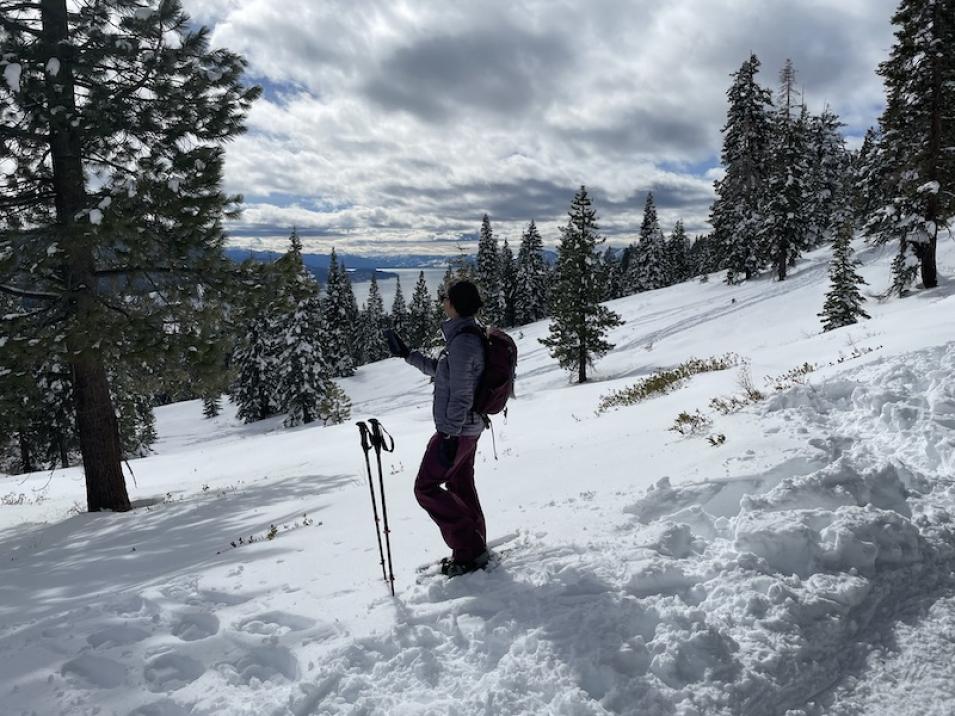NASA's Citizen Science for Earth Systems Program (CSESP) is focused on developing and implementing projects that harness contributions from members of the general public to advance our understanding of Earth as a system. Including the public in participatory science enables CSESP to leverage the enormous potential of many more observers to expand and enhance NASA science. Citizen participation also promotes visceral public understanding and advocacy for Earth science.
CSESP advances the use of citizen contributions to Earth science research by directly supporting citizen science activities and by deploying technology to further citizen involvement in research.
Interested in other NASA-supported citizen science projects? Check out Citizen Science Projects at NASA Science.
Citizen Science in Action
By having thousands of participants taking data all over the world, CSESP projects have been able to significantly increase the scope and scale of several Earth observing systems. We accomplish this by increasing the statistical precision of satellite observations through many more—and more geographically comprehensive—validation measurements, and by rigorously combining field data with satellite observations to generate new and useful products. Through CSESP projects, citizen scientists actually do the science and see their own data used in analyses that culminate in new scientific insights or essential products for decision-making.
Citizen science includes, but is not limited to:
- formulating research questions
- conducting experiments
- collecting and analyzing data collected by citizen and/or professional scientists
- interpreting results
- making new discoveries
- developing technologies and applications
Our projects use innovative new technologies to make taking meaningful scientific data easier and more efficient, and to make those data more accurate, consistent, and scientifically powerful.
We rigorously follow the best practices of citizen science such as full openness of data, recruiting for diversity, and ethical treatment of all participants.
For information about CSESP NASA funding opportunities, please monitor the NASA Research Opportunities in Space and Earth Sciences (ROSES) website, the ROSES BLOG, or subscribe to the email lists through the NASA Solicitation and Proposal Integrated Review and Evaluation System (NSPIRES).


